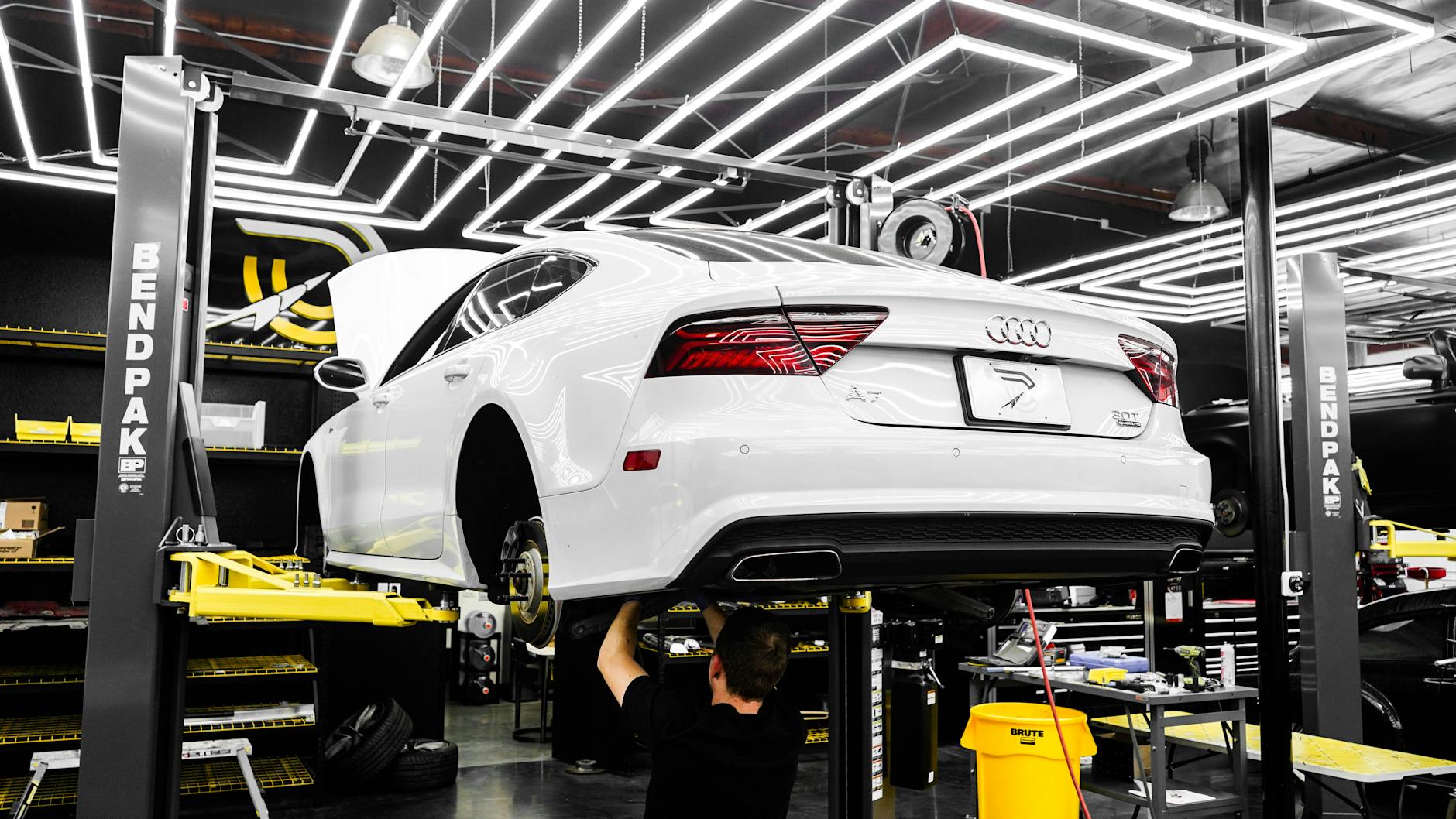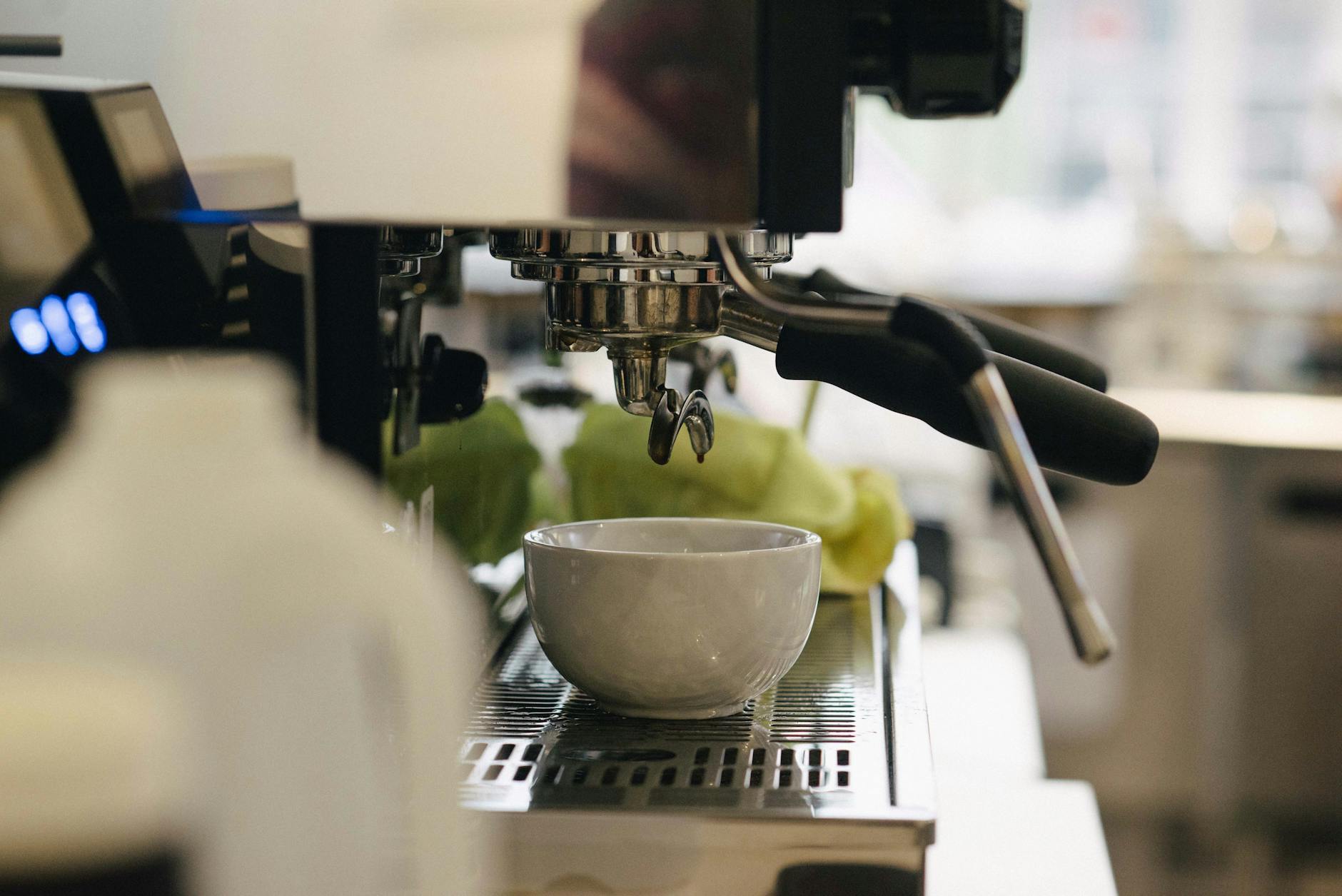What Makes Australia a Hub for Cutting-Edge Logistics Solutions

Australia's Strategic Position
Australia's strategic location in the Asia-Pacific region offers significant geographic advantages for the logistics sector. Its proximity to major trade partners, including China and Japan, ensures strong economic ties and a dynamic flow of goods. The country's vast coastline facilitates seamless trade routes and access to international markets, making Australian ports some of the busiest in the world.
Geographic Advantages
Australia's unique position has cemented its reputation as a logistical nexus in the Southern Hemisphere. Its placement allows for shortened transit times when connecting Oceania with Asia. The geographical diversity across this expansive nation also provides ample opportunities for experimentation with different logistics technologies. In Brisbane and along the Brisbane River, logistics infrastructure leverages these advantages for efficient pick packing processes. Warehouses located near major ports are equipped to handle a variety of goods, including automotive parts that are crucial for local economies.
Key Transportation Networks
The efficiency of Australia's transportation networks is crucial to its logistical prowess. From the bustling rail hubs in Sydney to the expansive highway systems crossing through the outback, these networks ensure product movement with minimal delays. Brisbane, with its seamless connection to the Queen Street Mall, stands as a testament to this efficiency. Australia's airports, ports, and railway systems are continually upgrading to accommodate increasing demands. For 3PL providers, these networks facilitate smooth operations, catering to a vast array of supply chain needs.
Major Trade Partners
Australia's trade relations extend far beyond its shores, fostering robust exchanges with key economic players such as China and the United States. These partnerships are integral to maintaining a healthy flow of imports and exports. Given the drive for innovation and efficiency, Australia frequently sees itself at the forefront of change, constantly improving processes within the logistics sector. This context benefits local players in Brisbane, from supply chains managing beauty products in South Bank boutiques to luxury items in the Queen Street Mall.
Technological Innovation in Logistics
As a makeup artist here in Brisbane, I've learned a thing or two about the power of innovation, much like the ease 3PL logistics offers to operations in the beauty industry. Just stepping into one of the bustling beauty clinics around South Bank can feel like entering an arena of efficiency and precision, thanks to advanced tech systems.
Automation and Robotics
Automation is the future, and it's carving out new realms in logistics. Companies now utilise robots to handle repetitive tasks, freeing up human resources for more complex job roles. In the context of warehouse supervision, robotics can streamline workflows, reduce human error, and save time on tasks like picking pack processes.
Advanced Data Analytics
Data is our best friend when it comes to forecasting and decision-making. Advanced data analytics helps logistics professionals like Liam harness real-time information to refine operations. By analysing trends and patterns, you can anticipate demand spikes, manage inventory more effectively, and enhance overall supply chain efficiency.
Smart Supply Chain Systems
Integrative smart supply chain systems have become pivotal, offering real-time collaboration across multiple parties. It's akin to coordinating the perfect look for a client—where every element works in harmony to create the desired outcome. These systems allow for seamless tracking, quicker responses to disruptions, and continuously improved service delivery.
Each of these innovations propels logistics forward, optimising efficiency and precision much like the artistry involved in creating stunning makeup looks.
Sustainable Logistics Practices
Green Transport Initiatives
I've noticed that integrating green transport initiatives can have a massive impact on reducing carbon footprints in logistics. One way businesses like ours are making strides is by shifting towards eco-friendlier fleet options. For instance, electric and hybrid vehicles are becoming commonplace, especially when making deliveries in urban areas. The push for reducing emissions is gaining momentum, with organisations considering options like biodiesel to cut back on pollutants drastically. Additionally, establishing strategic partnerships to share shipments can optimise routes and minimise unnecessary travel—all efforts that streamline operations and benefit the environment.
Energy-Efficient Warehousing
When discussing energy-efficient warehousing, I often emphasise simple yet effective changes that enhance sustainability without breaking the bank. Upgrading to LED lighting systems, for example, is a low-hanging fruit. These not only reduce energy consumption but also improve visibility in the warehouse. Similarly, implementing smart thermostats can maintain optimal conditions, reducing heating and cooling costs. Many warehouses are also exploring solar panel installations. This form of renewable energy requires a bit of upfront investment but offers long-term savings and reduces reliance on non-renewable sources. When these actions come together, facilities like a 3PL warehouse can operate much more efficiently while contributing positively to the environment. This approach is much like what you'd find with beauty clinics around South Bank, where sustainable practices are cherished.
Waste Reduction Techniques
In the realm of logistics, focusing on waste reduction techniques is crucial. One effective method is adopting reusable packaging solutions that clients can return for significant reuse. It may sound familiar, akin to beauty hacks where less seemingly results in more effective outcomes. Recycling programmes within the warehouse can also contribute; think paper, plastics, and other materials. Careful monitoring of inventory can also prevent overstocking, which often leads to waste. By implementing these techniques, the entire logistics chain becomes smoother, reducing unnecessary waste and enhancing overall efficiency.
Talent and Workforce Development
Training Programs and Certifications
When it comes to mastering order fulfilment in logistics, appropriate training programmes and certifications are crucial. Tailored programmes address the specific challenges faced by logistics professionals in Australia, ensuring that trainees gain practical knowledge applicable to their roles. Whether it's through a Certificate III in Warehousing Operations or similar programmes from TAFE Queensland, these certifications empower individuals to excel in operational efficiency.
Embracing Skill Diversity
The logistics industry benefits significantly from embracing a diverse skill set. By integrating talents from various backgrounds, warehouses enhance their problem-solving capabilities. As someone with extensive knowledge of logistics, you understand how diverse skills contribute to innovation and adaptability. In many cases, skill diversity leads to more efficient order fulfilment processes due to a variety of perspectives on operational challenges.
Technological Skills Training
Technological advancements in the warehouse are pivotal, so it's essential to stay informed and equipped. Regular training on the latest tech ensures that teams adapt swiftly to new systems. For instance, exploring resources like YouTube tutorials allows hands-on practice with emerging technology. This approach not only boosts productivity but also ensures that the team is comfortable with continuous improvements in the logistics landscape.
Navigating Common Challenges in Logistics
Embracing Technological Evolution
If there's one thing I've picked up working in the ever-dynamic world of logistics, it's how pivotal it is to stay in the loop with the latest tech changes. Many in the industry often feel overwhelmed by adapting to technological change, but it's all about finding the right balance. The trick? Start small and steady. For instance, introducing automation incrementally into warehousing allows teams to get accustomed to new systems without stress. It's a bit like trying a new shade of lipstick before committing to a full revamp—step-by-step integration eases the transition. Beauty clinics around South Bank have been experimenting similarly, adopting new tools to enhance facial treatments gradually.
Streamlining Cost Management
When it comes to keeping costs lean, it's all about savvy decisions. I've seen businesses at Queen Street Mall opting for refurbished tech, which can be just as effective as brand-new gear. This approach can make a world of difference in managing costs efficiently. Take a leaf from high-end boutiques that perfect the art of balancing quality with budget-friendly approaches, using sample sales to maintain stock without overspending.
Shifting Away from Deeply-Rooted Practices
Old habits die hard, but moving beyond entrenched methods opens doors to innovation. Whether it's trialling sustainable packaging in logistics or spas along the Brisbane River opting for biodegradable materials, small shifts can yield big rewards. It takes courage to challenge the status quo, yet doing so is crucial for growth and sustainability. By embracing these shifts, we align with the evolving beauty landscape, where blending tradition with modernity is a tribute to advancement.


